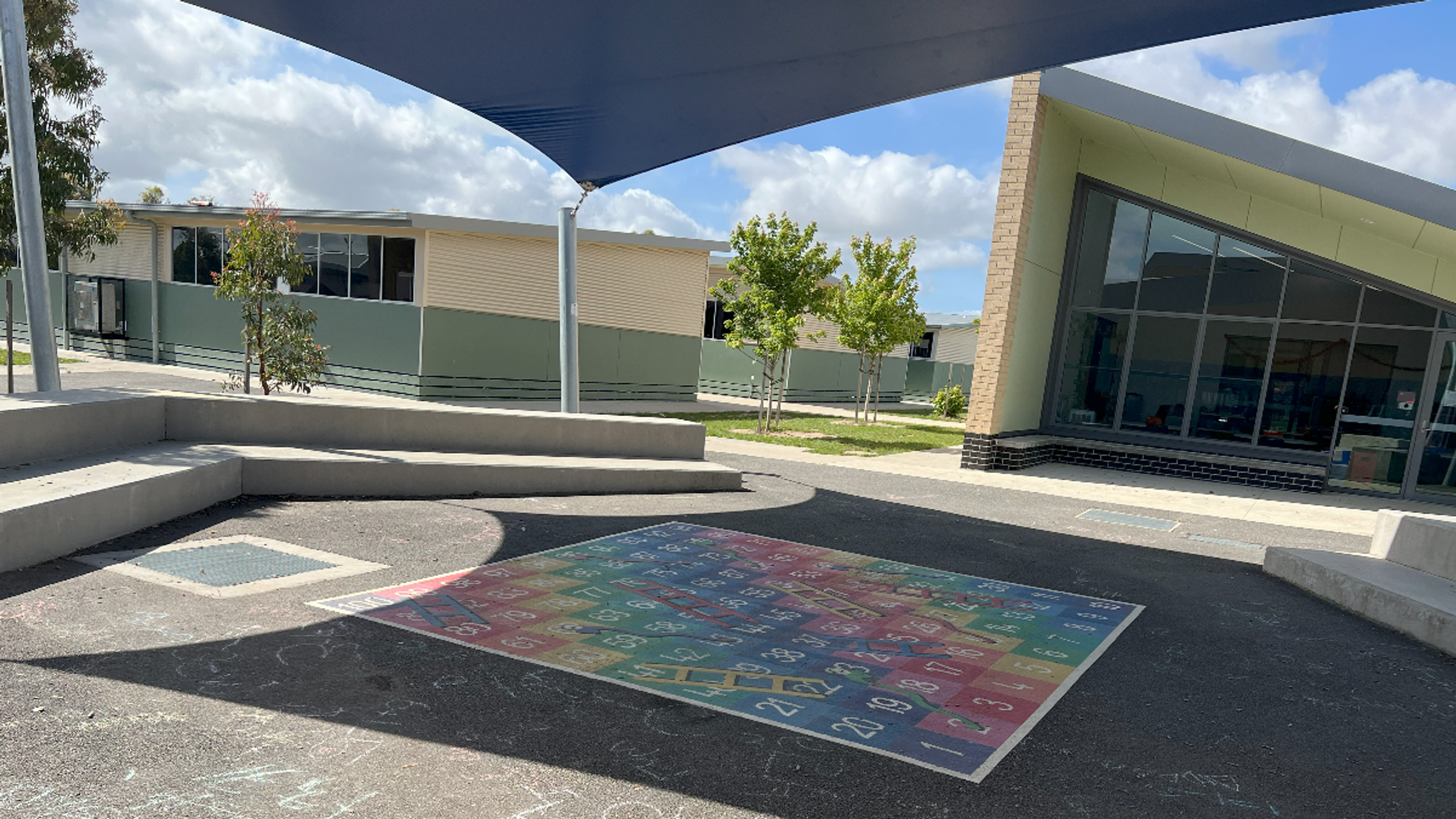Grade 1

Literacy
To begin Term 2, Grade 1 students reviewed the long vowel sound digraphs for a, o, and e (ai, ay, ow, oa, ee, ea). They practised recognising these sounds in words and using them in their own writing. We also introduced homophones -words that sound the same but have different meanings and spellings- which sparked lots of curiosity and lively discussions. The students learnt a new song called A Sailor Went to Sea and had fun identifying homophones within the lyrics, as well as in various stories we read together.
Maths
In the first weeks back of Term 2, students have been reviewing their knowledge of partitioning 2 digit numbers into tens and ones, as well as learning how to express numbers into their tens number and “how many more”. For example, 26, 20 and 6 more. This is preparing students for addition and subtraction skills later in the year.
Students have also been demonstrating their understanding of reading and writing 2 digit numbers in the worded form as well as how to break up numbers in different ways.
Storybook and Writing
Over the past fortnight in Storybook and Writing, we’ve been exploring two poems from Now We Are Six by A.A. Milne, Forgiven and Waiting at the Window.
We started our learning with a fun hands-on activity inspired by Forgiven, where students followed a sequence of steps to make and decorate their very own beetle biscuits. This creative task linked directly to the poem, which tells the story of a little boy who accidentally squashes his beetle and learns the value of saying sorry and being forgiven.
Through this poem, we explored vocabulary such as smear, oozing, and forgive and discussed the poem’s meaning. We also introduced the concept of author’s purpose using the acronym PIE – to Persuade, Inform, or Entertain. Forgiven both entertains and persuades us of the importance of forgiveness.
Waiting at the Window was about a boy making use of his imagination and turning raindrops into characters in a race. We learnt that the author’s purpose of this poem was to entertain us by making everyday moments fun.
Students have been applying what they’ve learned from these poems by writing sentences about the purpose of these poems inclusive of newly learnt focus words. They’ve also been working on building more detailed Super Sentences by using the conjunction “and” to connect ideas, while continuing to practise correct sentence structure with capital letters and full stops.
Ask your child what they enjoyed most about these poems and what makes a poem a poem!
Additional Subjects
Over the past fortnight, students engaged in a range of rich learning experiences across multiple areas. In History, they compared aspects of their lives to those of their grandparents, focusing particularly on how toys have changed from the past to the present. Within our Culture lesson, students developed an understanding of ANZAC Day, its significance, and why it is important to remember. During Respectful Relationships, students explored what respectful behaviour looks and sounds like in different situations and identified the strengths of individuals who model respectful actions. In Library, students continued to follow expectations around book care and using shared spaces respectfully, they also began to compare the differences between a fiction and non-fiction book.
